Know how to pronounce it? Foo-ghass. A bread. A sort of chewy flatbread – not the thinnest type, as we often see in restaurants as a base for a semi-pizza kind of thing. No, this is an actual bread, maybe about an inch thick. This one studded with black olives (cured type).
When my friend Joanne invited me for lunch a few weeks ago I didn’t know she was going to prepare lunch at her home, so it was a special treat when I spotted this bread sitting on her kitchen counter and learned we would have some of it for our lunch. Oh, was it good. Chewy, still almost warm from the oven.
The recipe came from Dorie Greenspan’s cookbook, Around My French Table: More than 300 Recipes from My Home to Yours. The dough is mixed (preferably with your stand mixer and the dough hook – makes it really easy). The batter/dough is allowed to rise for a couple of hours, then you turn it over inside the rising bowl, stirring and deflating it, cover, then you simply put it in the refrigerator overnight. In the morning, or the next day, you kind of pour it out onto a work surface, roll it out into 2 rectangles, put them on rimmed baking sheets, sprinkling it with flour as you move it. You cut those holes into the dough (all the way through) and allow the bread to rise again out on your countertop (covered). They’re glazed with a bit of oil and sprinkled with kosher salt and you poke it all over with a fork. Then bake it in a hot-hot oven for 10 minutes, turn it and reverse the baking sheets, and bake another 10 minutes and it’s DONE. How easy was that?
The original recipe called for both oil packed sun dried tomatoes, rosemary and olives. Joanne only used the olives plus rosemary from her garden. I read that bacon is a very common addition to fougasse when you eat it in France. But, you can also use some dried fruit and nuts (not with the olives) to make it a bit different. What’s really nice about this is you make enough for 2 breads – you can bake one and leave the other one for another day or so in the refrigerator and bake the 2nd one later. Joanne and Larry had taken the first loaf to a neighborhood gathering and she said everyone raved about the warm bread. I raved too when she baked the 2nd one for our lunch. It was wonderful with the Nicoise salad. You need only plan to let it rise the 2nd time for about an hour or so and bake for 20 minutes. Again, thank you, Joanne!
What’s GOOD: what’s there NOT to like about freshly baked yeast bread. I’m a sucker for fresh bread anytime, anywhere. This one was lovely with the salad lunch. My friend Joanne made this one, but it’s easy and I’ll definitely remember this for some upcoming evening when I’m entertaining. It’s so EASY!
What’s NOT: well, you do have to plan ahead – this needs to be refrigerated at least overnight and allow for two rising times. One at first when you mix it up, then again before you bake it. That’s the only down side to making any kind of yeast bread. But this one’s worth the effort.
printer-friendly PDF and MasterCook 15/16 file (click on link to open recipe)
* Exported from MasterCook *
Fougasse
Recipe By: From Dorie Greenspan’s cookbook, Around My French Table
Serving Size: 12
1 2/3 cups warm water — plus 2 teaspoons, divided (105°F to 115°F)
1 3/4 teaspoons active dry yeast
1 teaspoon sugar
5 1/2 tablespoons extra-virgin olive oil — divided, plus more for brushing
4 cups all-purpose flour
1 1/4 teaspoons salt
1/2 cup oil-cured black ripe olives — pitted, quartered
1/2 cup sun-dried tomatoes, oil-packed — drained, chopped (optional)
1 tablespoon fresh rosemary — minced
2 teaspoons grated lemon peel
Coarse kosher salt
1. Pour 2/3 cup warm water into 2-cup measuring cup. Sprinkle yeast, then sugar over; stir to blend. Let stand until yeast dissolves and mixture bubbles, 5 to 7 minutes. Add 1 cup warm water and 4 1/2 tablespoons oil.
2. Mix flour and 1 1/4 teaspoons salt in bowl of heavy-duty mixer. Pour in yeast mixture. Attach dough hook; beat at medium-low speed until flour is moistened but looks shaggy, about 3 minutes. Increase speed to medium; beat until dough pulls away from sides of bowl and climbs hook, about 10 minutes (dough will be like sticky batter).
3. Mix olives, tomatoes (if using), rosemary, and lemon peel in medium bowl. Add to dough and beat 1 minute. Using sturdy spatula, stir dough by hand to blend.
4. Lightly oil large bowl. Scrape dough into bowl. Brush top of dough with oil. Brush plastic wrap with oil; cover bowl, oiled side down. Let dough rise in warm draft-free area until doubled, 1 to 2 hours.
5. Gently turn dough several times with spatula to deflate. Re-cover bowl with oiled plastic; chill overnight (dough will rise).
6. Sprinkle 2 large rimmed baking sheets with flour. Using spatula, deflate dough by stirring or folding over several times. Divide dough into 2 equal pieces. Place 1 piece on floured work surface; sprinkle with flour. Roll out dough to 12×8- to 12×9-inch rectangle, sprinkling with flour to keep from sticking. Transfer dough to sheet.
7. Using very sharp small knife, cut four 2-inch-long diagonal slashes just to right of center of rectangle and 4 more just to left of center to create pattern resembling leaf veins. Pull slashes apart with fingertips to make 3/4- to 1-inch-wide openings.
8. Repeat with remaining dough. Cover dough with towel. Let rest 20 minutes. Beat 2 teaspoons water and 1 tablespoon oil in small bowl to blend for glaze.
9. Position 1 rack in top third and 1 rack in bottom third of oven; preheat to 450°F. Brush fougasses with glaze; sprinkle with coarse salt and pierce all over with fork.
10. Bake fougasses 10 minutes. Reverse position of baking sheets and turn around. Bake fougasses until golden, about 10 minutes. Transfer to racks; cool 15 minutes. Serve warm or at room temperature.
Per Serving: 244 Calories; 10g Fat (37.0% calories from fat); 5g Protein; 34g Carbohydrate; 2g Dietary Fiber; 0mg Cholesterol; 591mg Sodium.





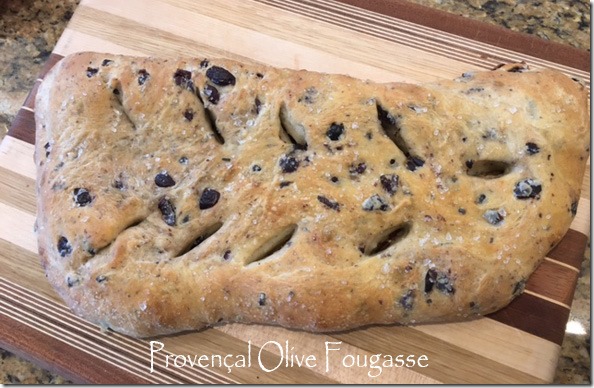

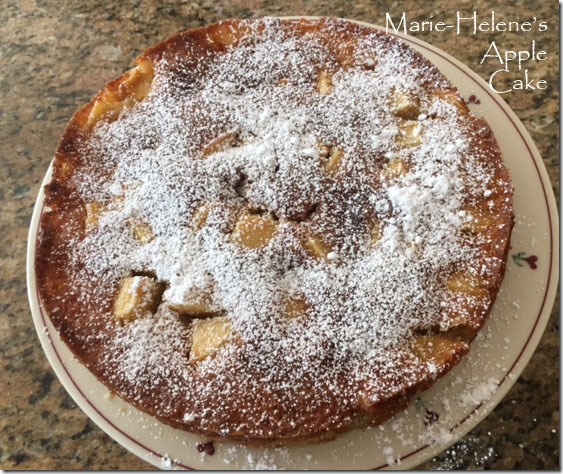
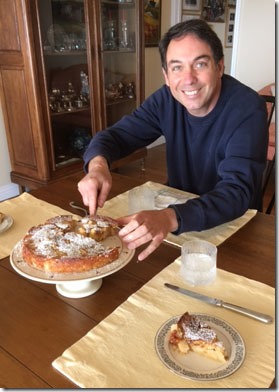
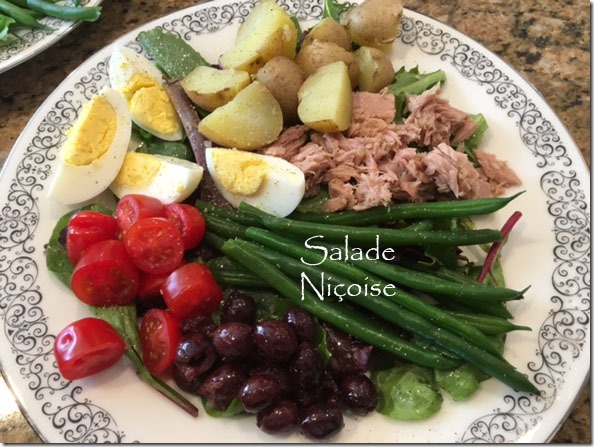
 But I was just there to visit with Joanne and her husband Larry this time. It was a beautiful Southern California spring day – warm in the sunshine, but still almost cold without a light jacket. When you drive to Palos Verdes, it’s all city for the approach to the crest of the hills, and then you arrive at the top and it’s suddenly all residential, meandering, curving streets, even some open land, which is hard to come by in our part of the state of California. They live on a bluff overlooking the ocean. It’s ever so peaceful there – no city noises, and no city to view, either. Just the ocean.
But I was just there to visit with Joanne and her husband Larry this time. It was a beautiful Southern California spring day – warm in the sunshine, but still almost cold without a light jacket. When you drive to Palos Verdes, it’s all city for the approach to the crest of the hills, and then you arrive at the top and it’s suddenly all residential, meandering, curving streets, even some open land, which is hard to come by in our part of the state of California. They live on a bluff overlooking the ocean. It’s ever so peaceful there – no city noises, and no city to view, either. Just the ocean.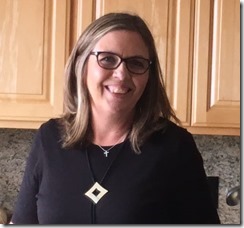
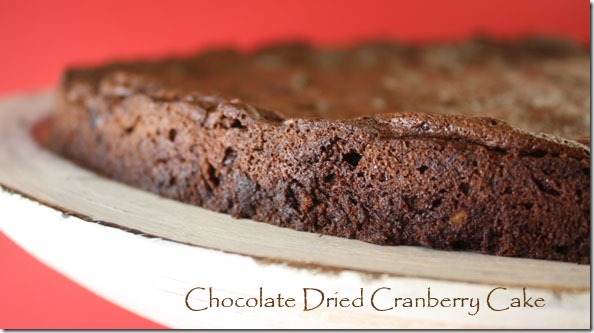
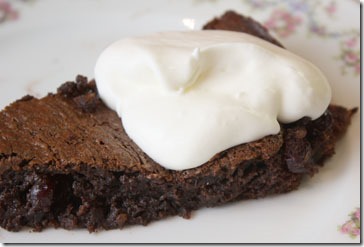
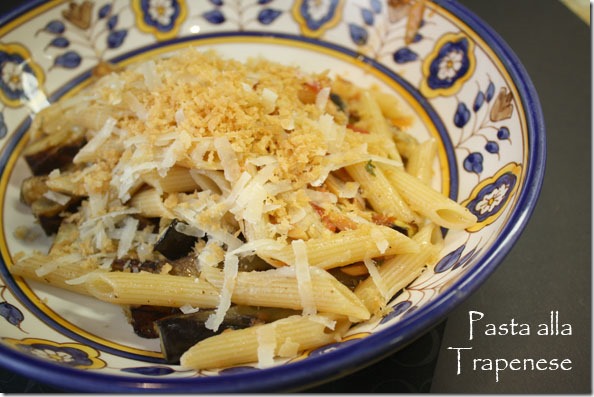
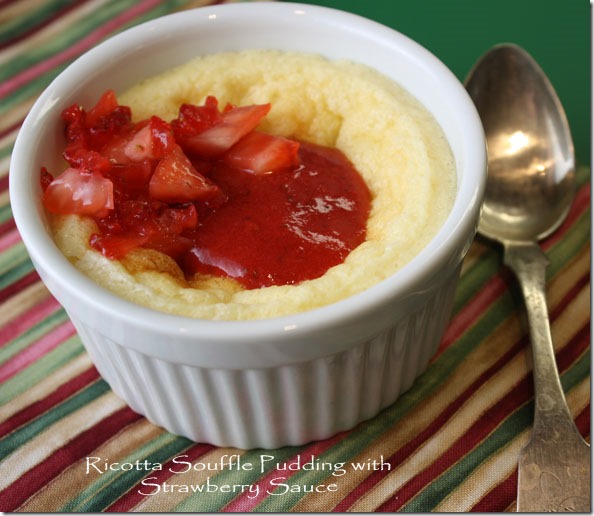
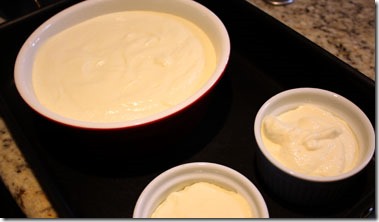
 Visiting the library some weeks ago (getting books on tape to play in the car while I took a 5-day road trip to Northern California to visit family) I decided to look at new books on the shelves. And here was this book with an unusual title,
Visiting the library some weeks ago (getting books on tape to play in the car while I took a 5-day road trip to Northern California to visit family) I decided to look at new books on the shelves. And here was this book with an unusual title, 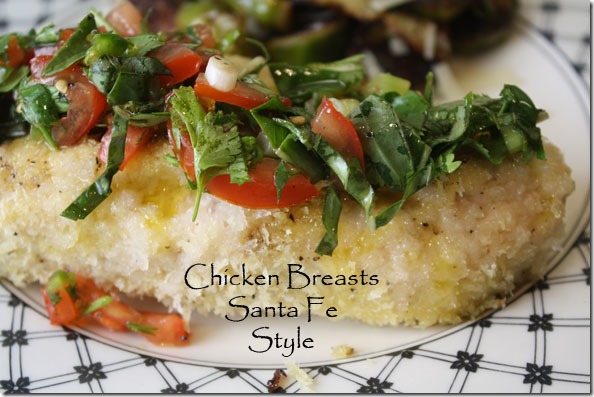
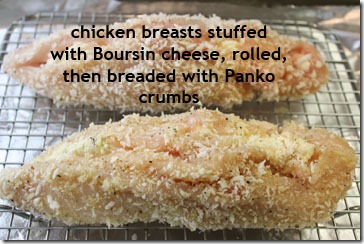
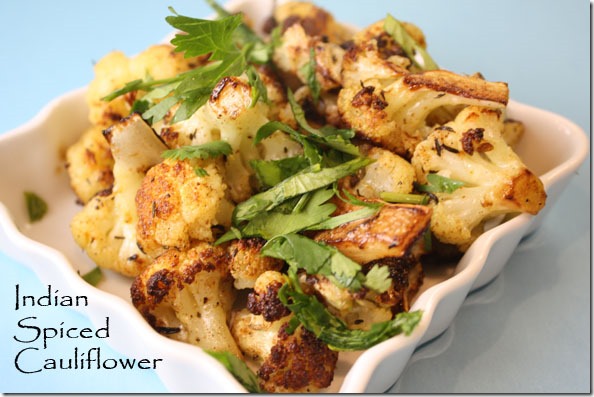
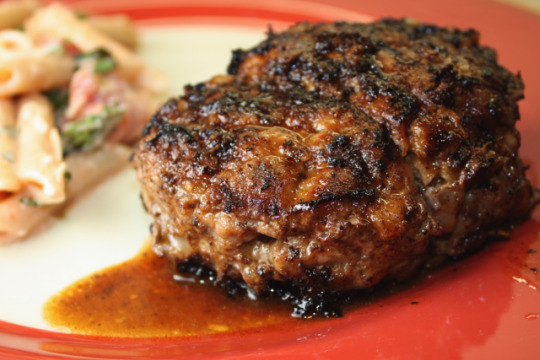


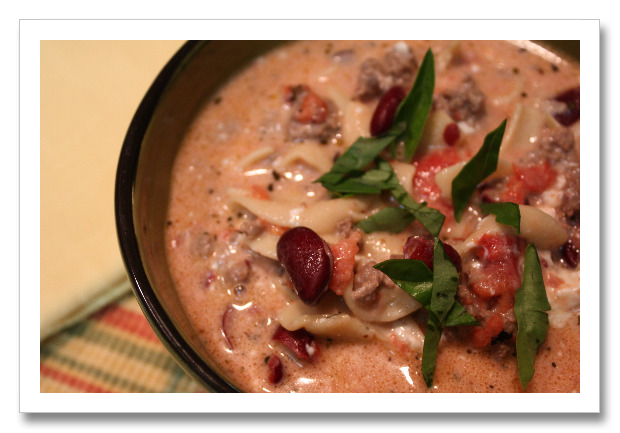
Leave a Comment!